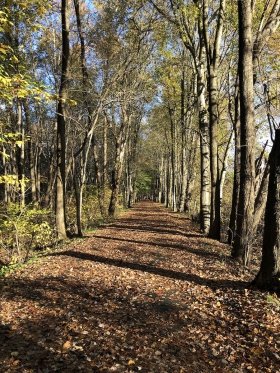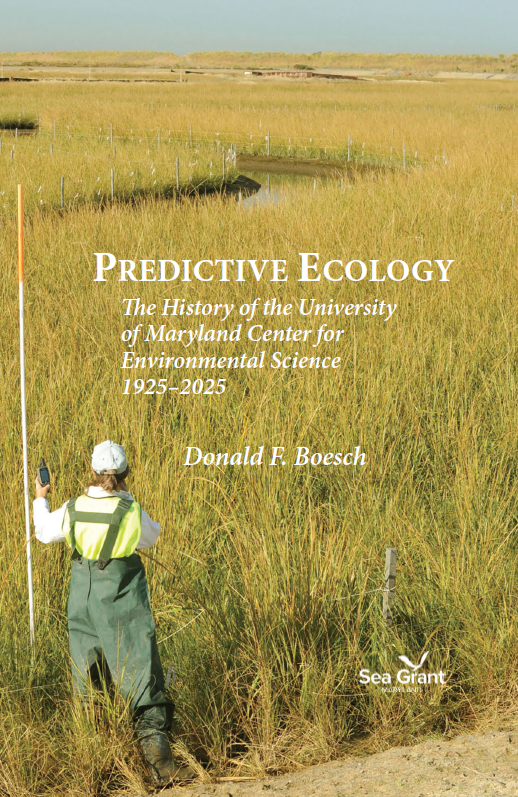Knauss legislative fellowships in Congress help build careers — and they're fun and educational. See our video and fact sheet for details.
Running Waters: Why we should care and explore the local greenways.
Every Saturday morning, I head to College Park parkrun, a free 5K community event. I moved to Maryland last year in the height of the pandemic and wanted to comfortably meet people in my new home. I was welcomed into the parkrun family with open arms, and it didn’t matter my pace—participants can run or walk. The course is held on the Paint Branch Trail, which runs along Paint Branch (a tributary of the Northeast Branch), and the University of Maryland, College Park campus. Who would have known I would eventually do my PhD research on that same stream!
One reason I love College Park parkrun, other than the wonderfully happy runners, is the chance to explore greenways. Greenways, like Paint Branch Trail, are beneficial to stream health.
Greenways increase the riparian buffer—a vegetated area with trees, shrubs, and other plants—around bodies of water and provide a habitat for wildlife in the area. This region is home to many greenways, from the area around the George Washington Parkway in Washington, DC, to the aptly named town of Greenbelt, located near campus. A national effort is trying to connect the East Coast through its greenways, making a continuous path from Maine to Florida for outdoor biking and hiking.
In an ecosystem restoration class, we took a field trip to Paint Branch Trail to look at stream restoration features. On the trip, I learned that one reason cities build greenways is as a flood management strategy in urban areas. I then thought about many of the greenways I had run or walked on were next to rivers, and it made sense.

If a lot of buildings sit next to a river and it floods, the river can cause extensive damage. Buildings and impervious surfaces, such as roads and sidewalks, do not allow water to soak in. With nowhere to go, it will continue spreading out and can flood neighboring buildings. But with a small greenway and a flat floodplain, or grassy space, the water can move into the soil—a permeable surface—and will be less likely to flood the nearby buildings. Think about when you’ve spilled water on a table versus on the ground: on the table, the water will continue to move and expand, but on the ground the water does not move as far and is absorbed into the soil.
While running along Paint Branch, I’ve seen squirrels, rabbits, and many families of deer. In adjacent wetland areas, I’ve even seen blue and green herons. These buffers can also supply pieces of woody debris that become homes for fish, invertebrates, and amphibians. They also reduce erosion, filter sediment and materials from runoff, and absorb nutrients. However, riparian buffers also provide beautiful photo opportunities (and a place to catch my breath on those runs).
While there are many more reasons cities build greenways, my personal favorite reason is to promote community identity and involvement. Parkrun is a great example of community involvement along greenways. No matter the pace, the parkrun community is happy to have you there. There are seven parkrun events in the Washington, DC, and Maryland region, and most are held on a greenway or by a stream. If you’re looking for something to do on a Saturday morning in a pretty place, head to a parkrun, or greenway, near you.
Photo, top left: The author (left) at the finish line at the College Park parkrun after a warm October 5K with fellow participant Janel Niska. Credit: Carly Maas
See all posts to the Fellowship Experiences blog


